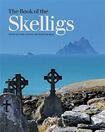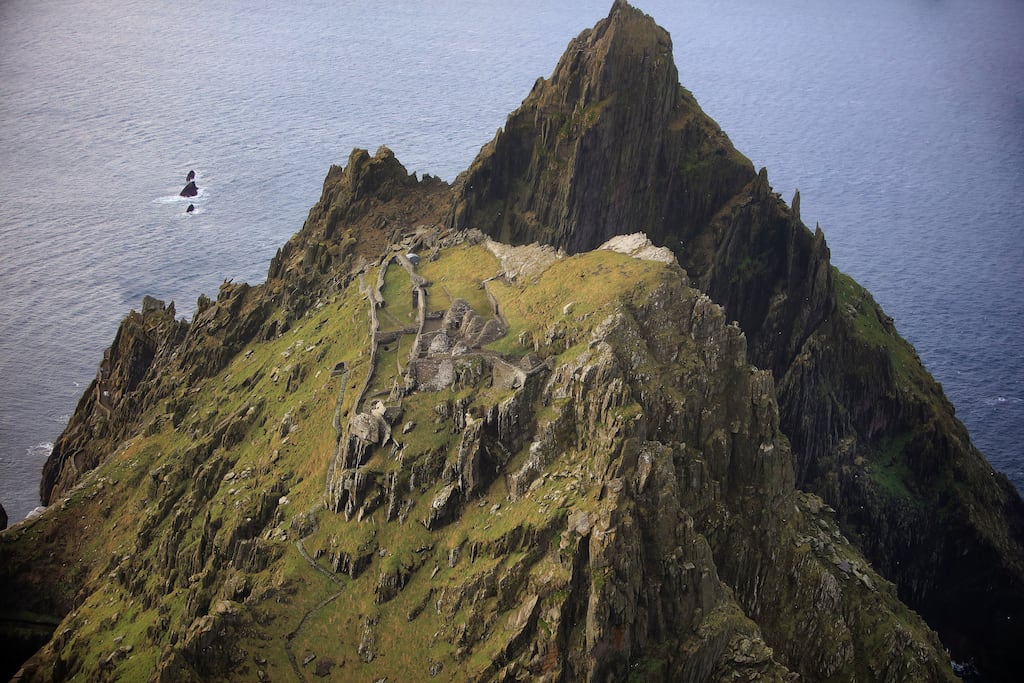
“Was this, a poet asked from afar, God’s city, the pleroma? And yes, yes, that otherworldly plenitude lives here, infusing pavements, and oratories, and cells ...” Paddy Bushe’s poem, Entrance, opens The Book of the Skelligs and encapsulates the mingling of ethereal beauty and elemental rawness in these islands, and provides a fitting epigraph to a collection of remarkable texts.
Skellig Michael and Little Skellig are visited today only by the fortunate few, but their cathedral-like silhouettes floating on the western horizon are instantly recognisable to many. These islands (their moods and materiality captured spectacularly here in Valerie O’Sullivan’s photographs) have become emblematic of the reach and limits of human endeavour and, as these essays demonstrate, also capture the ironies of insularity. The ostensibly remote Skelligs have been woven into the heart of human, cultural and natural history; this book’s great achievement is to delineate the place of the islands in our imaginations, and to contextualise these histories, stretching them beyond merely human chronicles.
The book makes clear how little we have been aware of the complexity of nature on the islands. Little Skellig is, as James O’Halloran notes, a city of birds densely populated by the gannets who breed on its ledges; while ten thousand pairs of storm petrels nest amid the monastic remains of Skellig Michael, leading lives that are essentially invisible and unknown to human visitors. Below the ocean surface, meanwhile, the islands shelve into the depths amid reefs and rocks: and here, as Vincent Hyland observes in a stirring essay, an “underwater enchanted forest” of waving kelp hosts further galaxies of what have, until lately, been largely unobserved and unrecorded lives.
Viewed against such complex and ancient ecosystems, the long and celebrated human presence on Skellig Michael can be understood as one thread in a much larger story. Clare Langan (one of the few female voices in the book) notes the ability of the Skelligs to evoke “feelings of both the past and future worlds” — and one emerges from The Book of the Skelligs more than ever aware of our essentially fleeting role in both island and planetary history.










